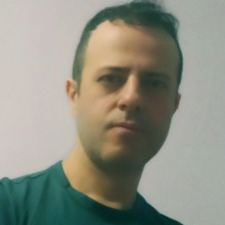Spinal Cord Injury: From Mechanisms to Nanotherapeutic Approaches
A special issue of Biomedicines (ISSN 2227-9059). This special issue belongs to the section "Neurobiology and Clinical Neuroscience".
Deadline for manuscript submissions: closed (31 March 2023) | Viewed by 20155
Special Issue Editor
Interests: spinal cord injury; inflammation; anti-inflammatory treatment; stem cells; drug delivery; biomaterials; nanovectors; hydrogel; super resolution microscopy
Special Issue Information
Dear Colleagues,
Spinal cord injury (SCI) remains the most relevant degenerative condition of the spinal cord, and the secondary injury, following the primary trauma, is the most therapeutic target. Advancement in nanomaterials as potential therapeutic solutions for medical application has been demonstrated to be promising for SCI. Many studies have applied nanostructured material to support cell therapy or deliver compounds in a selective way in single cells after SCI. Although these approaches are widely used in SCI, the real potential effect has not been fully elucidated. This Special Issue aims to focus on the application of the more innovative biomaterials and will provide an overview of new nanostructure-based therapeutic approaches that are able to treat secondary injury after trauma.
Dr. Pietro Veglianese
Guest Editor
Manuscript Submission Information
Manuscripts should be submitted online at www.mdpi.com by registering and logging in to this website. Once you are registered, click here to go to the submission form. Manuscripts can be submitted until the deadline. All submissions that pass pre-check are peer-reviewed. Accepted papers will be published continuously in the journal (as soon as accepted) and will be listed together on the special issue website. Research articles, review articles as well as short communications are invited. For planned papers, a title and short abstract (about 100 words) can be sent to the Editorial Office for announcement on this website.
Submitted manuscripts should not have been published previously, nor be under consideration for publication elsewhere (except conference proceedings papers). All manuscripts are thoroughly refereed through a single-blind peer-review process. A guide for authors and other relevant information for submission of manuscripts is available on the Instructions for Authors page. Biomedicines is an international peer-reviewed open access monthly journal published by MDPI.
Please visit the Instructions for Authors page before submitting a manuscript. The Article Processing Charge (APC) for publication in this open access journal is 2600 CHF (Swiss Francs). Submitted papers should be well formatted and use good English. Authors may use MDPI's English editing service prior to publication or during author revisions.
Keywords
- spinal cord injury
- nanomaterials
- biomaterials
- therapeutic
- medical application






